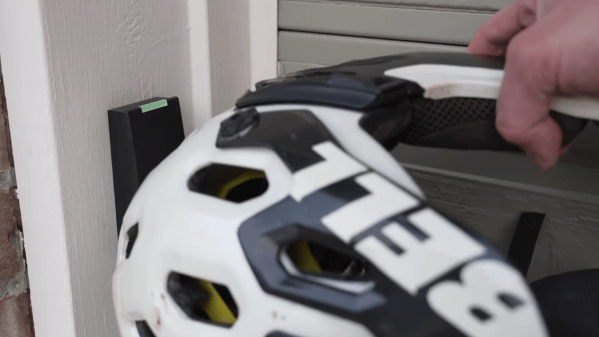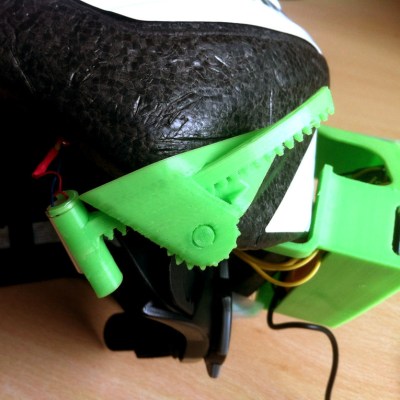Odds are, if you have ridden a bicycle for any amount of time, you have crashed. Crashes are fast, violent and chaotic events that leave you confused, and very glad to have a helmet. But what if there was another way of protecting your head? [Seth] decided to find out by taking a look at the Hövding airbag helmet.
The Hövding sits around your neck and looks somewhat akin to a neck pillow. It uses accelerometers situated in the fore and aft of the device to detect what it thinks is a crash. If a crash is detected, it will release a charge of compressed helium to inflate an airbag that wraps around the user’s head protecting a larger amount of the head then a traditional helmet. It also inflates around the wearer’s neck providing neck bracing in the impact further improving safety. The inflation process is incredibly fast and violent, very much akin to a car’s airbag. [Seth] demonstrated this on the process on two occasions to great effect, and to his amazement. While the idea of relying on computers to protect your head may sound ridiculous, studies have shown that the Hövding is safer than a regular helmet in certain situations.
















